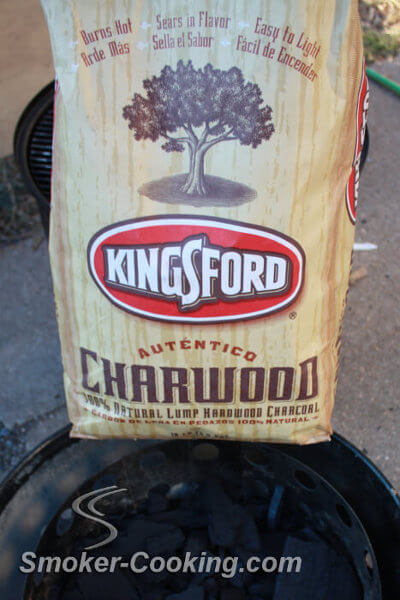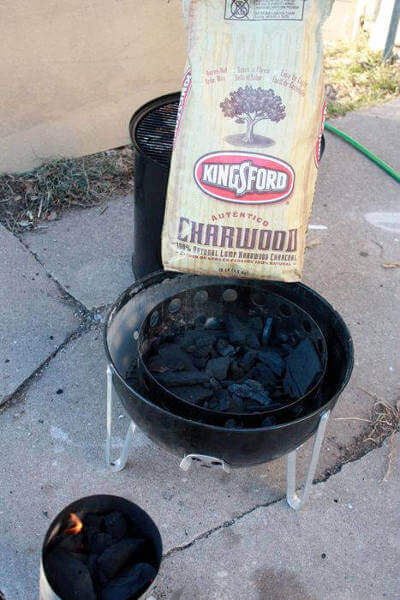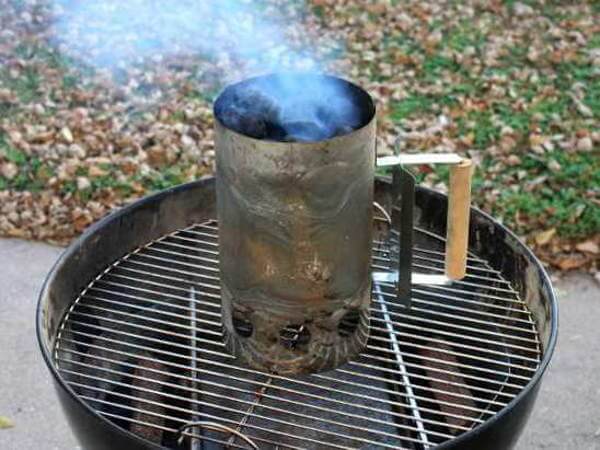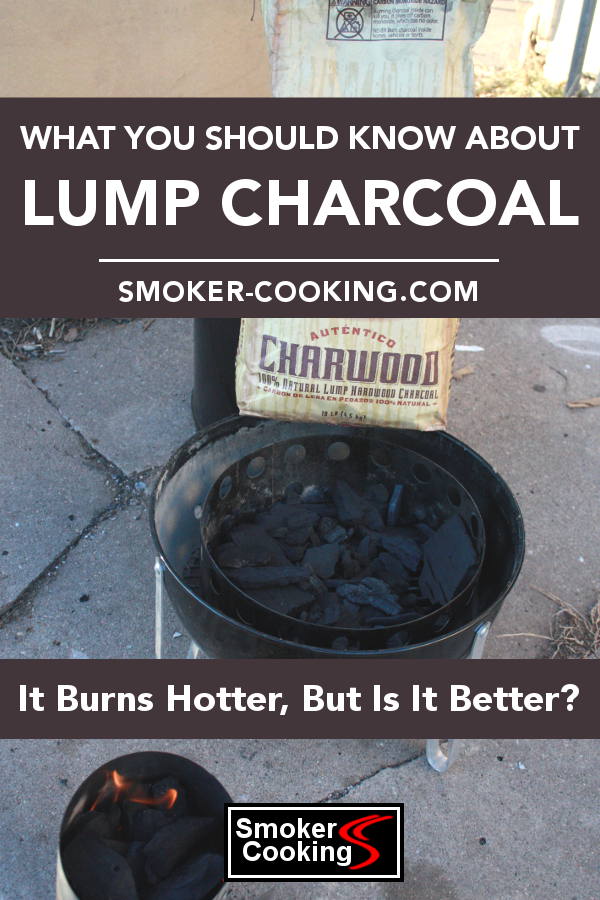Try Lump Charcoal In Your Smoker
Of all the types of charcoal, lump charcoal has its share of fans. There are several reasons you might want to spend a little (or a lot!) more for lump, but then there are reasons you may not want to purchase it, too.

The main difference between lump charcoal and formed charcoal briquettes is that lump is whole pieces of wood that have been exposed to high temperatures, which drives out volatile chemicals and leaves only the carbon.
With briquettes, that carbon is processed further. It's ground up, mixed with various fillers, and compressed into standard shapes.
Benefits of Lump Charcoal
Good quality lump is very clean burning fuel. It also burns hotter than briquettes if it's allowed to get lots of oxygen. But if it's used in a grill or smoker that has good ventilation control, the burn rate of the lump can be controlled, which regulates the cooking temperature.
Since there are no additives or fillers, there is very little ash remaining after the coals burn. This is a big plus and makes cleanup after grilling or smoking easier.
Lump charcoal burns hot, and with some brands your grill can reach over 1000 degrees Fahrenheit! Perfect for grilling steaks. You just can't get this kind of heat out of briquettes.
Negative Aspects of Lump Charcoal

Things to watch out for:
Burn time and heat output can vary from brand to brand. And the lower quality (cheaper) brands can vary from lot to lot.
Since the charcoal chunks are whole wood, the chunk size varies. Some brands may have a high percentage of medium to large size chunks, while others may have more small pieces and a greater amount of dust.
Some brands of lump are made from wood in its natural state - pieces of limbs and branches, and broken up pieces of logs. Other brands are made almost entirely of lumber scraps, which is not necessarily a bad thing if the wood is a hardwood, untreated and unfinished.
Scraps from manufacturers of cabinets, trim and moulding make fine charcoal, as long as they are oak, hickory or another hardwood acceptable for cooking.
There have been reports of pieces of carbonized plywood found in lump charcoal bags, and that's not a good thing. Plywood is layers of wood that have been glued together, and you don't want to be cooking with wood that's been glued. Do you?
Lump is usually more expensive than briquettes, pound for pound. However, briquettes contain a percentage of additives that don't burn and add weight, so the true cost of the two types of charcoal is a little closer than it appears.
Lighting Lump Is Easy

Lump is easy to light if it's kept dry. Use a charcoal chimney or an electric charcoal starter. Do not use lighter fluid, unless you like the taste of petroleum hydrocarbons on your food.
To use a charcoal chimney, just fill it with the amount of charcoal you'll need, place a couple of sheets of crumpled up newspaper in the bottom and light it up.
As the flames rise through the chimney, the charcoal is lit. The burning charcoal creates heat and an updraft, which gets the coals burning fairly quickly.
For slow cooking in your grill or smoker, place a pile of unlit chunks in the cooker, and light just enough to cover the top of the unlit charcoal.
The charcoal will slowly burn downward, providing you with low, steady heat. Mix a few small chunks of smoking wood in the unlit charcoal to add smokey flavor to your food.
Tips for Using Lump Charcoal
Try different brands. Inspect the pieces as you put the charcoal into your grill to sort out anything that looks odd or out of place. Large pieces can be broken into smaller chunks.
Pay attention to how much burn time you get out of the charcoal, and how easy it is to control the temperature using the ventilation of your cooker.
When you've determined your favorite, see if the qualities it has are consistent from bag to bag. There could still be some variations within a brand, but overall, it should be fairly consistent.
- You Are Here: Home >
- Tips >
- All About Lump Charcoal

